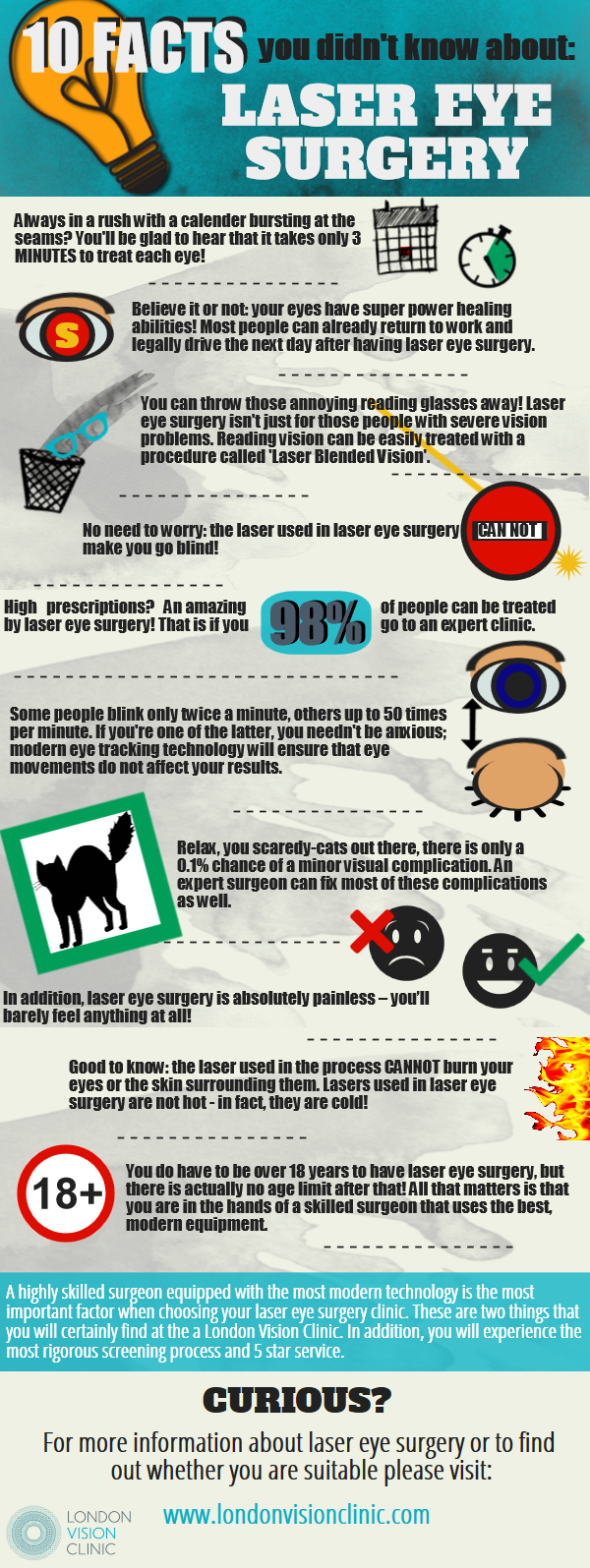Examining The Benefits And Drawbacks Of Standard Cataract Surgical Procedure Compared To Laser-Assisted Techniques
Examining The Benefits And Drawbacks Of Standard Cataract Surgical Procedure Compared To Laser-Assisted Techniques
Blog Article
Written By-Brogaard Duran
When pondering the option between conventional cataract surgery and laser-assisted strategies, you might find yourself evaluating the benefits and drawbacks each method offers. The choice surpasses the surface degree of cost and accuracy, delving into the world of lasting end results and patient satisfaction. As you navigate via the complexities of these two approaches, it ends up being critical to understand the nuanced details that can significantly affect your aesthetic clarity and overall experience. Keep tuned to reveal the vital elements that will lead your decision-making process in this vital facet of eye care.
Typical Cataract Surgical Procedure Pros and Cons
When considering traditional cataract surgery, you might discover that it's a reputable and widely-used technique. In this procedure, a cosmetic surgeon makes a little cut in the eye and makes use of ultrasound to separate the over cast lens before removing it. Once the cataract is removed, a man-made lens is put to restore clear vision.
One of the main benefits of traditional cataract surgical treatment is its performance history of success. Lots of clients have had their vision significantly improved with this treatment. Furthermore, conventional surgical procedure is commonly covered by insurance policy, making it a more easily accessible alternative for several individuals.
However, there are some disadvantages to conventional cataract surgery as well. Recuperation time can be much longer contrasted to more recent methods, and there's a somewhat higher threat of problems such as infection or swelling. Some individuals may additionally experience astigmatism or require reading glasses post-surgery.
Laser-Assisted Techniques Advantages And Disadvantages
Exploring laser-assisted methods for cataract surgical treatment reveals a modern method that utilizes laser modern technology to carry out essential action in the treatment. One of the key benefits of laser-assisted cataract surgery is its accuracy. The laser allows for very accurate lacerations, which can lead to much better aesthetic results. Furthermore, the use of lasers can minimize the amount of ultrasound energy required during the surgical procedure, possibly decreasing the risk of complications such as corneal damages.
On the drawback, laser-assisted strategies can be a lot more pricey contrasted to typical approaches. This cost mightn't be covered by insurance coverage, making it much less accessible to some individuals.
One more consideration is that not all cataract doctors are learnt laser modern technology, which might restrict your choices for choosing a doctor.
Lastly, while the laser can automate certain aspects of the treatment, the surgery still requires a proficient specialist to make sure effective results.
Relative Evaluation of Both Techniques
For a thorough understanding of cataract surgery methods, it's vital to conduct a comparative evaluation of both conventional and laser-assisted approaches.
Typical cataract surgery includes manual cuts and making use of handheld tools to break up and remove the over cast lens.
On the other hand, laser-assisted cataract surgery makes use of innovative technology to develop precise lacerations and separate the cataract with laser energy prior to removing it.
In terms of accuracy, laser-assisted strategies supply a higher level of accuracy contrasted to standard methods. Making use of lasers enables personalization of the treatment based on each person's eye composition, potentially bring about better aesthetic outcomes.
However, laser-assisted cataract surgery tends to be more expensive than traditional surgical treatment, which might restrict accessibility for some people.
While https://www.standardspeaker.com/hazleton-eye-specialists-offer-full-service-eye-care/article_4bca863b-cd27-541c-9111-a3d088eca2e2.html work in bring back vision damaged by cataracts, the option in between traditional and laser-assisted techniques frequently relies on variables such as expense, accuracy, and private client requirements.
Consulting with your eye doctor can help figure out the most appropriate approach for your cataract surgery.
Verdict
Finally, when determining between traditional cataract surgery and laser-assisted strategies, take into consideration variables like cost, accuracy, and individual needs. is it possible to have cataract surgery twice offers a proven track record and insurance policy coverage yet might feature longer recovery times. Laser-assisted strategies supply greater precision and modification but can be more pricey and not constantly covered by insurance coverage. Eventually, Customized LASIK in between the two techniques relies on what is essential to you and your specific situation.
